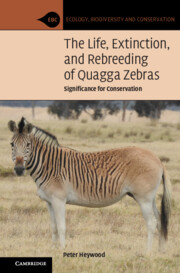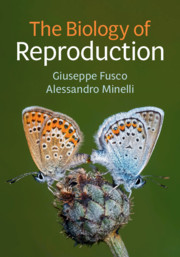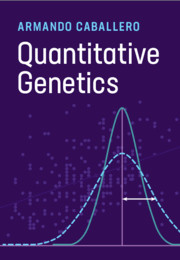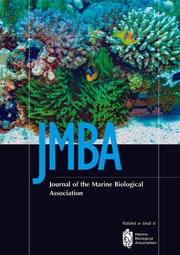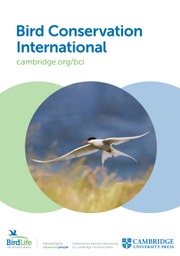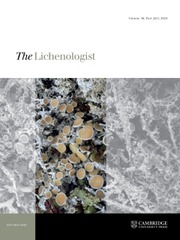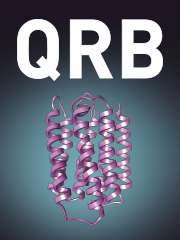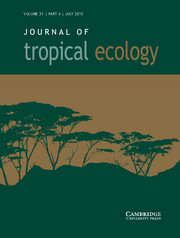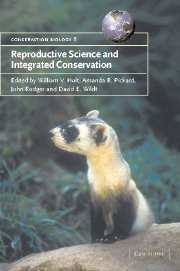
Reproductive Science and Integrated Conservation
Part of Conservation Biology
- Editors:
- William V. Holt, Zoological Society of London
- Amanda R. Pickard, Zoological Society of London
- John C. Rodger, Marsupial CRC, New South Wales
- David E. Wildt, Smithsonian National Zoological Park, Washington DC
- Date Published: December 2002
- availability: Available
- format: Paperback
- isbn: 9780521011105
Paperback
Other available formats:
Hardback, eBook
Looking for an inspection copy?
This title is not currently available on inspection
-
Reproduction is essential to the continuation and evolution of life on this planet and is therefore a centrally important process in the conservation of wildlife. However, reproductive mechanisms are well understood in only a handful of vertebrate species, mostly domestic livestock and laboratory animals. This means that attempts to develop and implement management policies for wildlife conservation, and especially for endangered species that, by definition, are difficult to study, are often based on poor data or no data at all. In Reproductive Science and Integrated Conservation leading authorities provide glimpses of reproductive diversity in fishes, amphibia, reptiles, birds and mammals. Conservation plans are founded on the assumption that reproduction will be successful, but what if it fails? This book reviews the many factors that influence reproduction, including genetics, behaviour and nutrition, and experts assess the potential conservation relevance of the recent rapid advances in reproductive technology and medicine.
Read more- Provides detailed summaries of reproduction in different vertebrate groups
- Modern technologies, which are often hyped in the media, are reviewed and assessed critically
- Provides a multi-disciplinary, integrated approach to the conservation of species
Reviews & endorsements
'This is a readable and engrossing book. This book reviews the many factors that influence reproduction. Sixth formers, students and zoo educators would benefit from reading the book if they have an interest in conservation. Long time biologists like me may be absorbed in the topic and heartily encouraged.' Journal of Biological Education
See more reviews'… it is a realistic look at the current state of conservation biology and those who have an interest in cryopreservation for the purposes of conservation will find much of its content of value.' CryoLetters
Customer reviews
Not yet reviewed
Be the first to review
Review was not posted due to profanity
×Product details
- Date Published: December 2002
- format: Paperback
- isbn: 9780521011105
- length: 426 pages
- dimensions: 229 x 153 x 23 mm
- weight: 0.729kg
- contains: 53 b/w illus. 34 tables
- availability: Available
Table of Contents
List of contributors
Foreword Richard Stone
Part I. Introduction:
1. Toward more effective reproductive science for conservation David E. Wildt, Susie Ellis, Donald Janssen and Jennifer Buff
Part II. Reproduction and Population Viability: Introduction
2. Behaviour and reproduction Alan Dixson, Nancy Harvey, Marilyn Patton and Joanna Setchell
3. Nutrition and its interaction with reproductive processes Tom G. McEvoy and John J. Robinson
4. Environmental chemicals and the threat to male fertility in mammals: evidence and perspective Helen S. Baillie, Allan A. Pacey and Harry D. M. Moore
5. Assessing the consequences of inbreeding for population fitness: past challenges and future prospects Andrea C. Taylor
6. Impacts of inbreeding on components of reproductive success Karen Koeninger Ryan, Robert C. Lacy and Susan W. Margulis
7. The major histocompatibility complex (MHC) in declining populations: an example of adaptive variation Philip Hedrick
8. When is the birth rate the key factor associated with population dynamics? Tim Coulson and Elodie Hudson
Part III. Reproductive Techniques for Conservation Management: Introduction
9. Reproductive and welfare monitoring for the management of ex-situ populations Amanda R. Pickard
10. Non-invasive endocrine measures of reproduction and stress in wild populations Steven L. Monfort
11. Ultrasound for analysis of reproductive function in wildlife species Thomas B. Hildebrandt, Janine L. Brown, Robert Hermes and Frank Goritz
12. Role of embryo technologies in genetic management and conservation of wildlife Naida M. Loskutoff
13. Application of nuclear transfer technology to wildlife species J. K. Critser, L. K. Riley and R. S. Prather
Part IV. Integrated Conservation Management: Introduction
14. Integrating reproductive sciences into recovery programmes for declining and extinct marsupial populations Peter D. Temple-Smith
15. Captive breeding and predator control: a successful strategy for conservation in Western Australia Terry Fletcher and Keith Morris
16. Black-footed ferret: model for assisted reproductive technologies contributing to in situ conservation JoGayle Howard, Paul E. Marinari and David E. Wildt
17. Genetic resource banks for species conservation W. V. Holt, Teresa Abaigar, P. F. Watson and D. E. Wildt
18. Fertility control for wildlife John C. Rodger
19. Contraceptive vaccine development Karen E. Mate and Lyn A. Hinds
20. Field applications of fertility control for wildlife management Phil Cowan, Roger Pech and Paul Curtis
Part V. Reproductive Science in Non-Mammalian Species: Introduction
21. Reproductive technologies and challenges in avian conservation and management Ann M. Donoghue, Juan Manuel Blanco, George F. Gee, Yvonne Kirkby and David E. Wildt
22. Reptile reproduction and endocrinology Valentine A. Lance
23. Reproductive research and the worldwide amphibian extinction crisis Terri L. Roth and Amy Obringer
24. Reproduction in fishes in relation to conservation Gordon McGregor Reid and Heather Hall
Part VI. Conclusion:
25. Postscript - sex, wildlife and vindication W. V. Holt, A. R. Pickard, J. C. Rodger and D. E. Wildt
Index.
Sorry, this resource is locked
Please register or sign in to request access. If you are having problems accessing these resources please email [email protected]
Register Sign in» Proceed
You are now leaving the Cambridge University Press website. Your eBook purchase and download will be completed by our partner www.ebooks.com. Please see the permission section of the www.ebooks.com catalogue page for details of the print & copy limits on our eBooks.
Continue ×Are you sure you want to delete your account?
This cannot be undone.
Thank you for your feedback which will help us improve our service.
If you requested a response, we will make sure to get back to you shortly.
×
